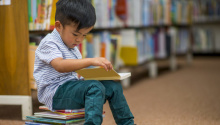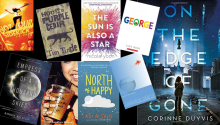Happy Holidays!
Please Enjoy Photos
Please Enjoy Photos
From the Last Weeks of December!
Thank You All for Donating to the Toy Drive!
Thank You First Grade Team for
Organizing the Wonderful School-wide
Organizing the Wonderful School-wide
Wishing Tree!
Ms. Katz, Reading Teacher
Making Holiday Cards for
Mt. Vernon Senior Center
Mrs. Fitch's Third Grade
Ms. Fitch's Students Playing Instruments for Their Classmates
Lincoln Students Make Holiday
Cards for Our Troops
A Bit of Holiday Cheer Shared At Lincoln School
By our Fourth and Fifth Grade Instrumental Program
Thank You Mr. Costello
Remembering December !
And Welcome January 2019!








